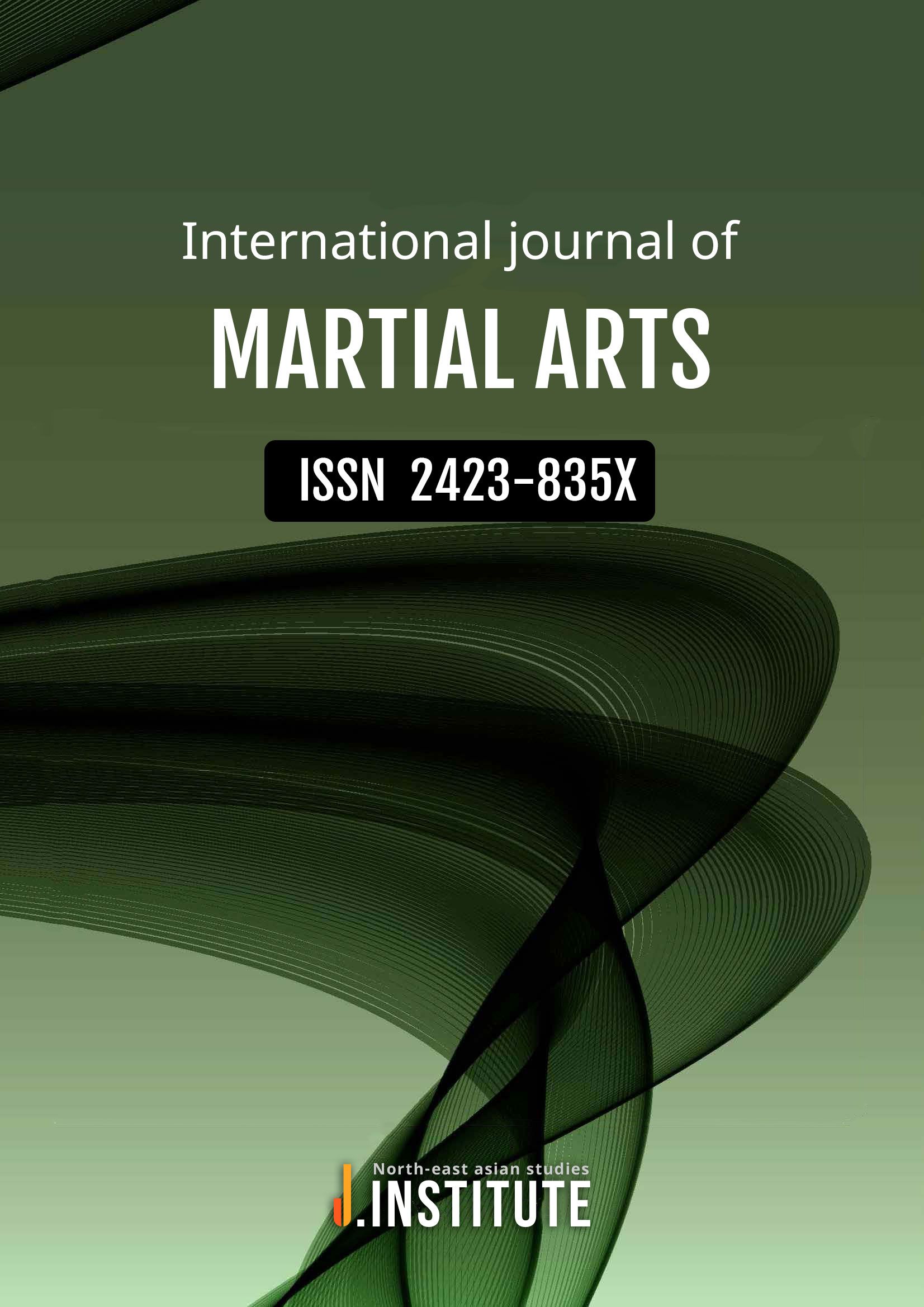This study was begun to help facilitate adult Taekwondo as part of the blue ocean strategy in the face of the declining number of Taekwondo trainees in Taekwondo studios in Korea. The adult Taekwondo is a task which needs to be improved in order to overcome the deterioration of the management of Taekwondo studios while enhancing the status of Taekwondo by diversification of trainee classes.
Previous studies for facilitating the adult Taekwondo to date have focused on the development of adult Taekwondo training programs and diverse marketing strategies, yet lack studies on the academic approaches to the trainees’ behavioral characteristics such as the effect and value of the adult Taekwondo training.
Examining the previous studies on the physical self-efficacy of the participants in various sports, there are implications that there is a relationship between the physical efficacy and the quality of life.
Accordingly, the purpose of this study is to analyze the effect of the physical self-efficacy of adult Taekwondo trainees on the quality of life at the present point in time when the roles of physical recreational activities are diversely expanding, verify the value and effect of Taekwondo training as a recreational activity for adults, and provide the foundational data necessary for facilitating adult Taekwondo along with building a theoretical frame-work for the practical areas for the adults’ participation in Taekwondo training.
To this end, we have collected data of 300 copies on Taekwondo trainees of age 19 or older residing in Daegu and Gyeongbu regions of the Republic of Korea as of 2018, and the final 209 copies of data were used for the actual analysis. As for the data processing method, SPSS 22.0 statistical program was used to perform the frequency analysis, exploratory factor analysis, reliability analysis, correlation analysis and the multiple regression analysis, respectively, to arrive at the following results.
First, physical attractiveness among the physical self-efficacies was found to have a positive influence on the family’s cohesion and changes of life among the subfactors of the quality of life.
Second, physical confidence among the physical self efficacies was found to have a positive influence on the sense of self, family’s cohesion, and changes of life among the subfactors of the quality of life.
Third, physical strength among the physical self-efficacies was found to have a positive influence on the sense of self among the subfactors of the quality of life.
That is, a continuous Taekwondo training induces positive changes in the physical self-efficacy for adults, whereby more positive results for their bodies can be expected. Accordingly, it helps to produce a healthy body and realize self in a balanced manner based on the effects of the health maintenance and fitness improvement, thereby implying that the desire for the quality of a happy life within daily life can be raised.
2018.12.30
Keyword:Taekwondo, Adult Taekwondo, Trainee, Physical Self-Efficacy, Quality of Life









